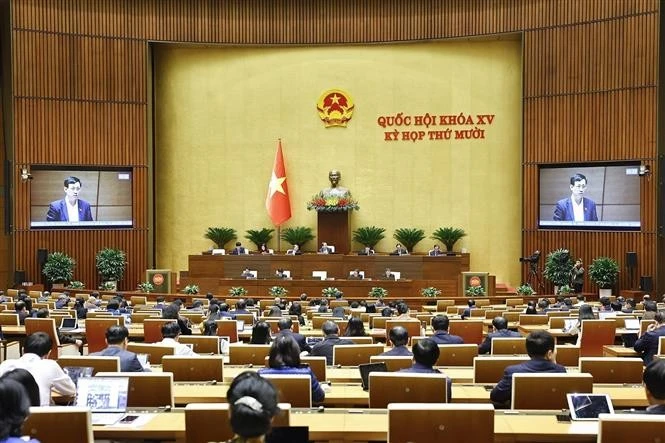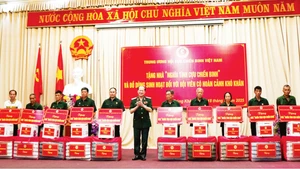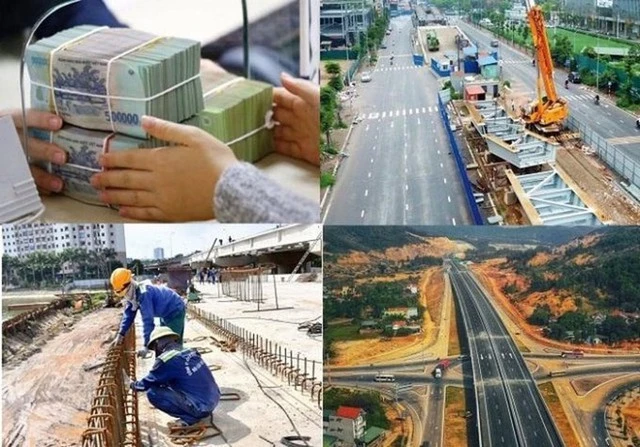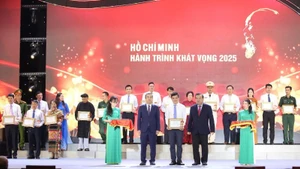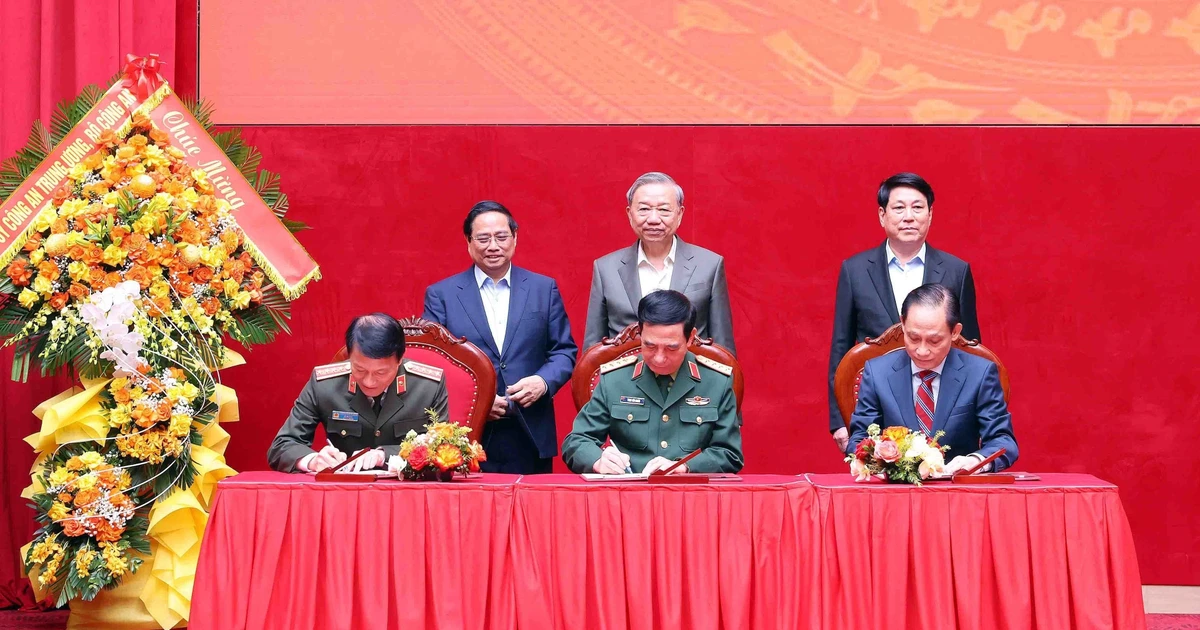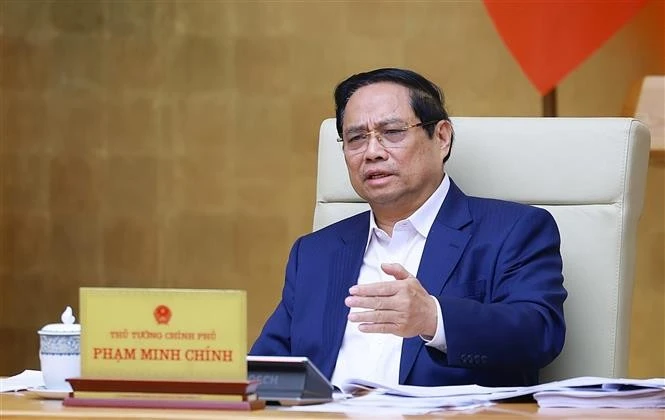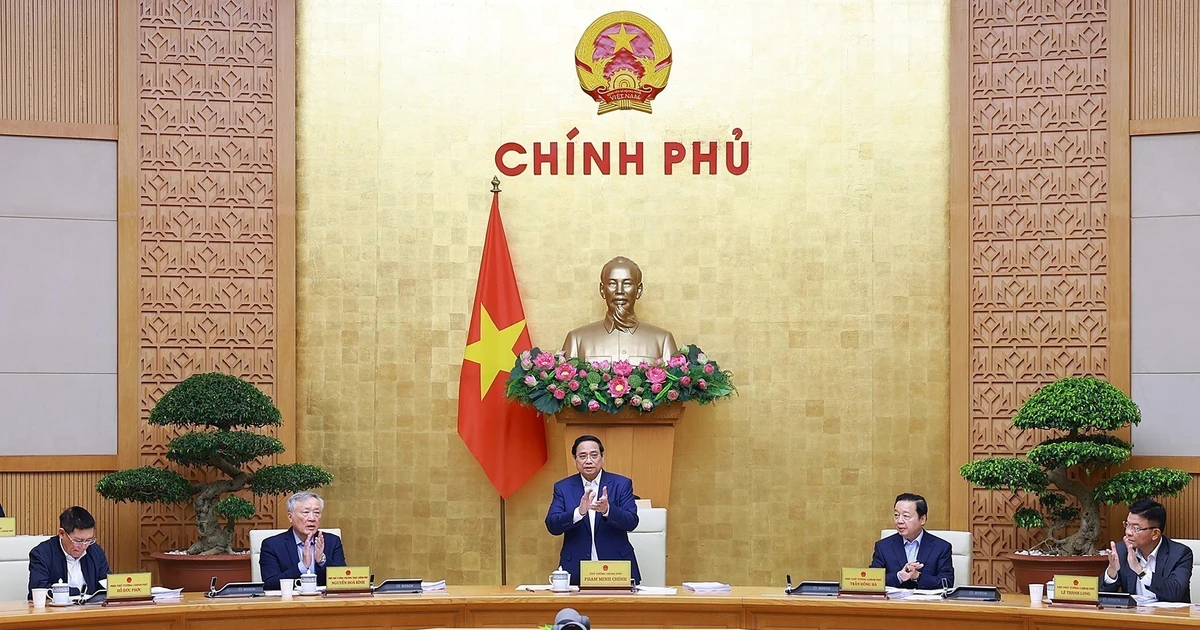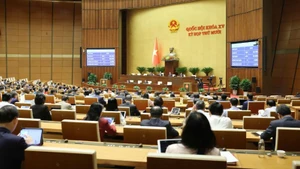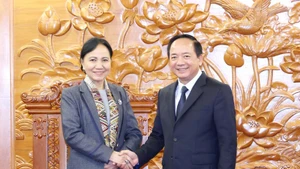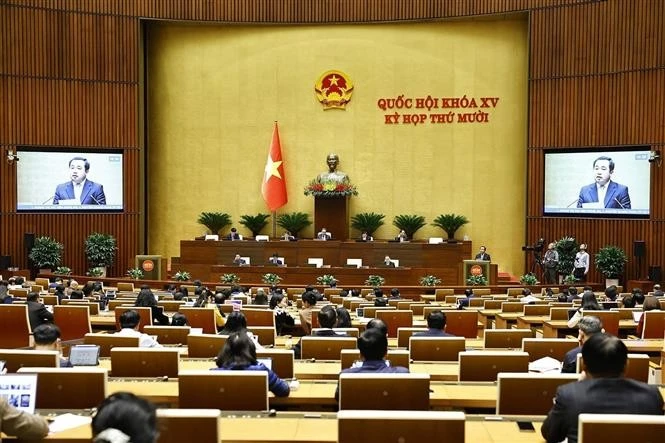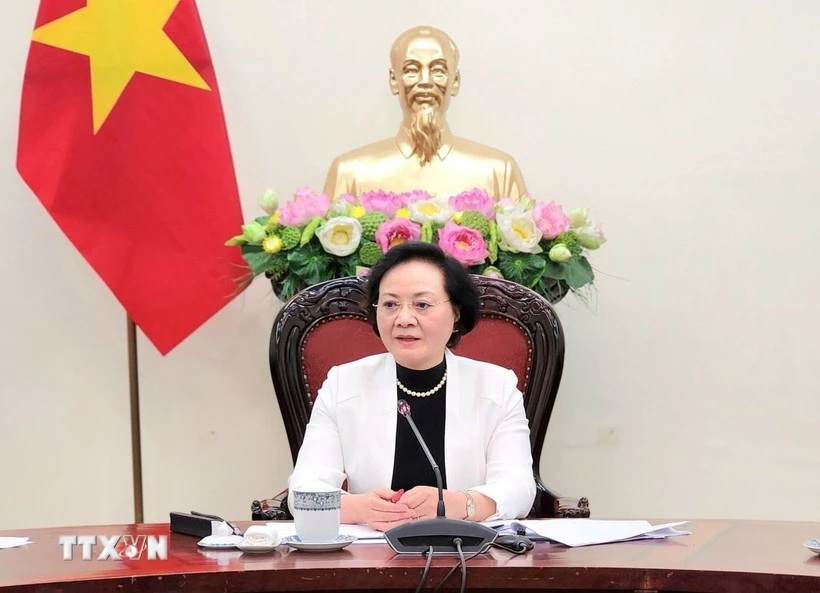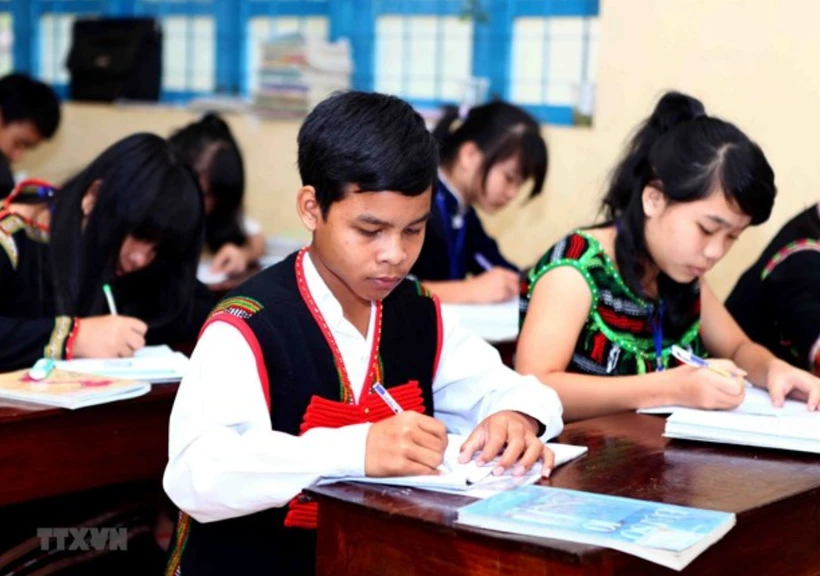The political report presented at the congress affirmed that time will pass, but the victory of Vietnamese people in the patriotic resistance war against US will forever go down in the country’s history as one of its most brilliant pages, a shining symbol of revolutionary heroism and human intellect, and will be inscribed in world history as a great achievement of the 20th century, an event of profound international significance and contemporary relevance.
With the great victory in the resistance war against the US, the entire Vietnamese Party, people, and armed forces successfully completed the historical tasks of national liberation and reunification set forth by the Third National Party Congress, fulfilling their sacred mission to the Fatherland and their high international responsibility.
The victory against the US was the success of two concurrently and closely linked revolutionary strategies: the national democratic revolution in the South and the socialist revolution in the North.
The congress put forth the general guideline of the socialist revolution in the new period in Viet Nam as follows: firmly grasping the dictatorship of the proletariat, promoting the right to collective mastery of working people; simultaneously carrying out three revolutions in production relations, science-technology, and ideology and culture; accelerating socialist industrialisation; building the socialist collective mastery regime; abolishing the exploitative regime while eradicating poverty and backwardness; continuously heightening vigilance, regularly strengthening national defence, maintaining political security and social order; successfully building a peaceful, independent, united, and socialist Viet Nam; and positively contributing to the global struggle for peace, national independence, democracy, and socialism.
The congress decided to rename the Viet Nam Workers’ Party as the Communist Party of Viet Nam.
The Congress adopted the new Charter of the Communist Party of Viet Nam.
It restored the title of “Party General Secretary” to replace the “First Party Secretary”.
The congress stipulated that the term of the Party Central Committee is five years.
The congress elected the Party Central Committee with 101 official members and 32 alternates. The Party Central Committee elected the Politburo with 14 official members and three alternates; and the Secretariat with nine members.
Comrade Le Duan was elected General Secretary of the Central Committee of the Communist Party of Viet Nam.
(Compiled from: Complete Collection of Party Documents; Chronological History of the Communist Party of Viet Nam; tulieuvankien.dangcongsan.vn).
GENERAL CONTEXT
April 30, 1975: The entire southern region was liberated, the country was reunified, following the historic Ho Chi Minh Campaign.
April 25, 1976: The general election to elect the National Assembly was held nationwide
July 2, 1976: The National Assembly adopted the official name of the country as the Socialist Republic of Viet Nam; Saigon was renamed Ho Chi Minh City.
December 14-20, 1976: At the Fourth National Party Congress; the Viet Nam Workers’ Party was renamed the Communist Party of Viet Nam.
DOMESTIC SITUATION
The great victory of the Spring of 1975, culminating in the historic Ho Chi Minh Campaign, completely liberated the South and opened a new era of the Vietnamese revolution: the era of an independent, unified country advancing towards socialism.
The general election in April 1976 elected the National Assembly of a unified Viet Nam. The National Assembly made historic decisions on the country’s name, national flag, national anthem, and the establishment of the state apparatus.
Post-war difficulties: The war left severe consequences with millions of wounded and fallen soldiers, a devastated economy, and destroyed infrastructure that required reconstruction from scratch.
Building socialism nationwide: Carrying out the socialist transformation in the South, unifying economic, financial, and monetary management across the country and starting the period of socialist construction throughout the nation.
INTERNATIONAL SITUATION
From the late 1970s, the socio-economic situation in the Soviet Union and Eastern European countries encountered various difficulties, hindering material support to external countries. Soviet Union leaders sought negotiations with the US to reduce the arms race.
In the mid-1970s, the Association of Southeast Asian Nations (ASEAN), established in August 1967, actively promoted cooperation among members, increasing its influence and prestige in the region.
The Khmer Rouge seized power in Cambodia following their victory in the resistance war against the US (April 1974), betraying the revolution. Backed by some external forces, the Khmer Rouge committed mass killings within the country and pursued a hostile foreign policy against the Vietnamese revolution.
US economic embargo on Viet Nam: Following defeat in the war, the US implemented policies of encirclement and economic embargo aimed at hindering Viet Nam’s nation-building efforts.


